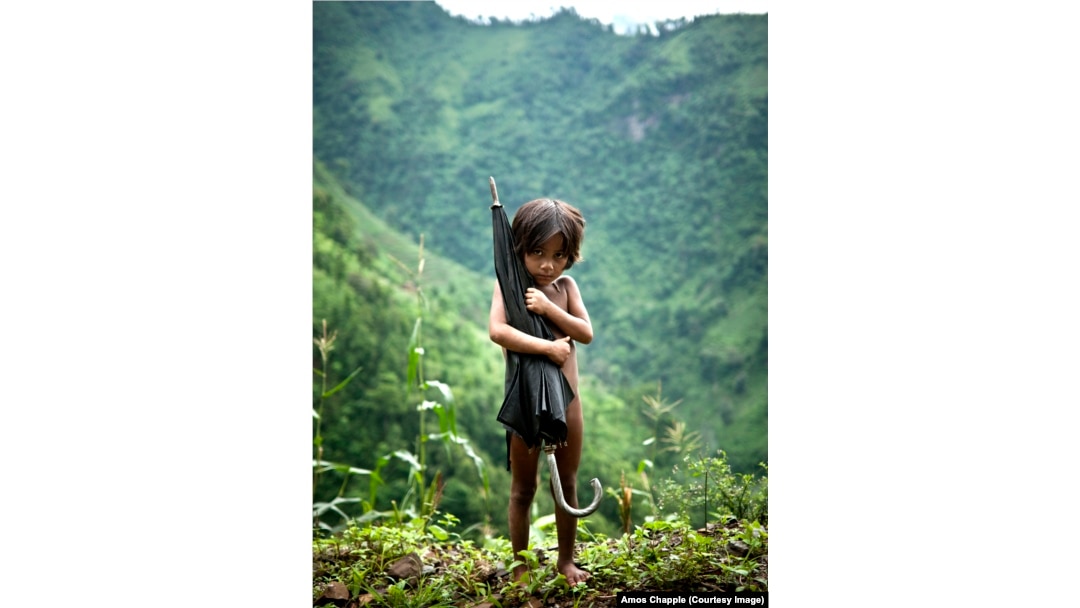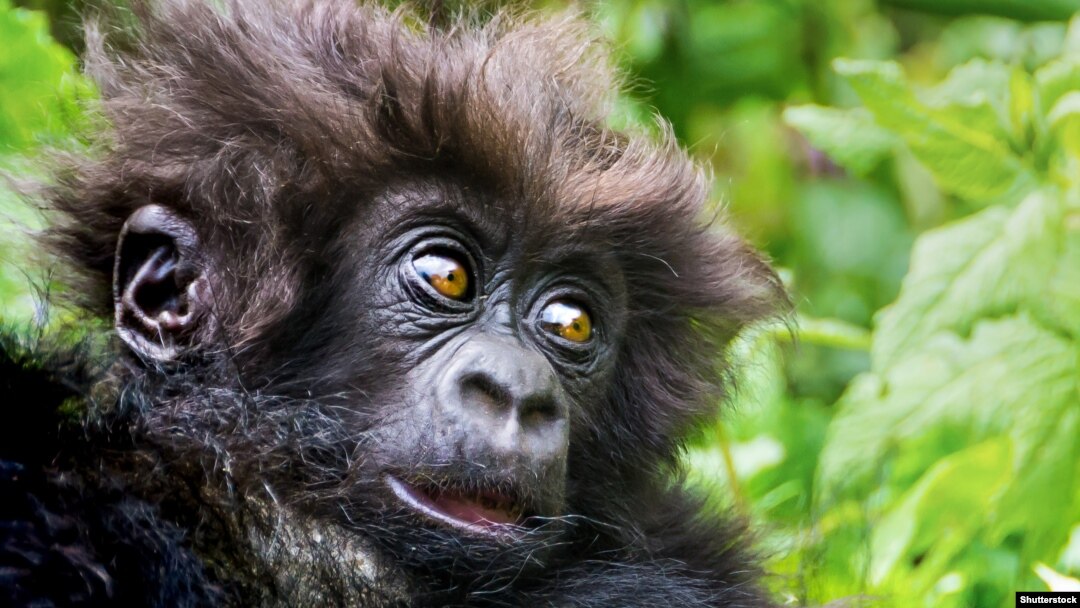
A small girl clutches an umbrella on a chilly day in the highlands of Nepal. Photo by Amos Chapple
1. In September, the Brookings Institution reported that for the first time in history more than half of the world’s population can be called middle class or wealthy.
The terms the U.S. research group used are inevitably vague, with “middle class” deemed anyone with some savings who can afford to go to the movies, take a holiday, and buy useful goodies like a motorcycle. But poverty is certainly on the retreat: the percentage of people living below the poverty line has plunged from 36 percent in 1990 to around 9 percent today.

Young Russians guzzling champagne in the heady final days of the Soviet Union. Photo by Andrew Bezukladnikov/Russiainphoto.ru
2. Russians are cutting way down on their consumption of booze, according to a study from the World Health Organization.
The report found Russians drank around 11.7 liters of pure alcohol in 2016 (the latest figures available), compared to around 18.7 liters in 2005. Russians today probably drink less than Germans and French, though “heavy episodic drinking” (official-speak for getting hammered) is still commonplace in Russia, where many drinkers regularly smash through 60 grams or more of alcohol in a sitting.
A fluffy-furred young mountain gorilla in Rwanda’s Volcanoes National Park. Photo by Shutterstock
3. The mountain gorillas of Central Africa were removed from the list of critically endangered species after a census found their number had rebounded from 620 in 1989 to around 1,000 now.
The gentle forest wanderers had been under imminent threat of extinction (largely due to poachers capturing baby gorillas for the underworld pet trade) until a conservation effort began in the 1990s. A spokesman for one of the conservation charities working in the war-torn region told Reuters “these numbers are truly remarkable, far exceeding our expectations.”
A soldier is carried through a crowd on the day Armenia’s prime minister resigned amid massive street protests. Photo by Amos Chapple/RFE/RL
4. In Armenia, street protests overthrew a government tainted by charges of corruption that is seemingly endemic in many post-Soviet countries.
While it’s probably too early to note any concrete differences for Armenians under the new government, the buzz of a popular revolution with minimal violence has the country riding high as it heads into 2019. In December the Economist named Armenia its “country of the year,” describing it as an “ancient and often misruled nation in a turbulent region [that] has a chance of democracy and renewal."
A worker for the HALO Trust watches shrapnel streak into the sky after a controlled detonation of landmines in Afghanistan in 2017. Photo by Rahmat Gul/AP
5. Afghanistan’s Herat Province was “cleared of land mines” in February, according to the HALO Trust demining group.
Many of the mines were laid during the 1980s when local fighters battled Soviet forces. Some 125 locals were being killed or maimed by munitions each year in the province until the British demining group began a decade of prodding and sweeping in 2008. A HALO spokesman said “it is wonderful to see farmland back in use and people moving freely again.” Many headlines, however, omitted the two districts of Herat that were reportedly deemed impossible to demine due to the danger posed by militants.
Rescuers and relatives grapple with a woman attempting to leap to her death in Zhanjiang, China, in 2012. They saved her. Photo by Reuters/Stringer
6. Global suicide rates have fallen by 38 percent since peaking in 1994.
According to The Economist, that’s 4 million people choosing to press on instead of ending their lives -- more than four times the number killed in conflicts over the same period. A notable exception to the downward trend is the United States, where suicide rates have been steadily increasing since the early 2000s.
An elephant ambling through Kenya’s Amboseli National Park. Photo by Baz Ratner/Reuters
7. In China, a ban on trading ivory that came into force in December 2017 is already having a “significantly positive” effect according to the World Wide Fund for Nature (WWF).
The conservation group hit the streets in China to find 30 percent fewer stores selling ivory and a massive drop in enthusiasm for buying “white gold.” Among the Chinese quizzed, the WWF team found overwhelming support for the ban (though few had actually heard of the new law). Pressure is now building for neighboring Vietnam, which maintains a booming ivory trade, to adopt a similar ban.
Solar panels alongside the shelter containing the remains of Chernobyl’s reactor No. 4. Photo by Solar Chernobyl
8. Chernobyl opened its first solar energy plant 32 years after the nuclear disaster that made a wasteland out of swathes of Ukraine.
With strict rules against drilling into the irradiated soil, Chernobyl's new solar panels were mounted onto blocks of concrete meters from reactor No. 4, the epicenter of the disaster. The $1.2 million Ukrainian-German project took advantage of cheap land as well as the electrical infrastructure built for the defunct nuclear power plant. The current array of solar panels are enough to power 2,000 apartments, and the company says it plans to massively upscale the solar project.


